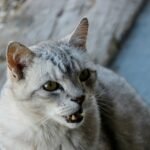Introduction
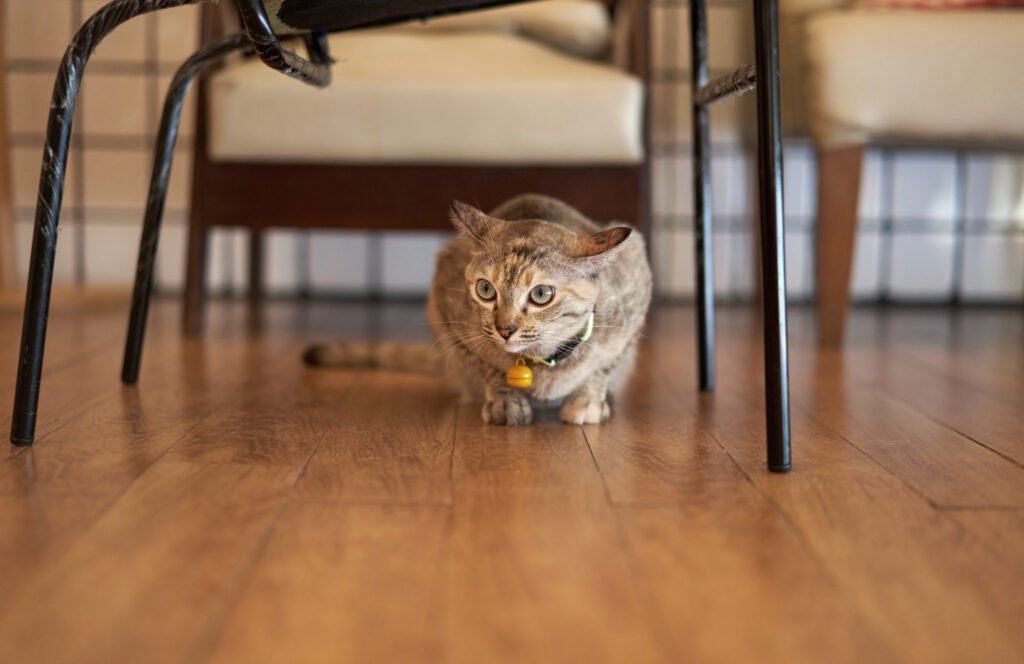
House cats are beloved pets in millions of households worldwide, but their behaviors often mimic those of their wild relatives. From the way they hunt toys to their nocturnal habits, our domestic feline friends exhibit traits that seem to connect them to ancient instincts. Understanding why house cats exhibit these behaviors can enhance our appreciation for these fascinating creatures and improve our care for them. In this article, we explore the intricate relationship between domestic cats and their wild ancestors, making connections through science and observation.
The Evolutionary Link
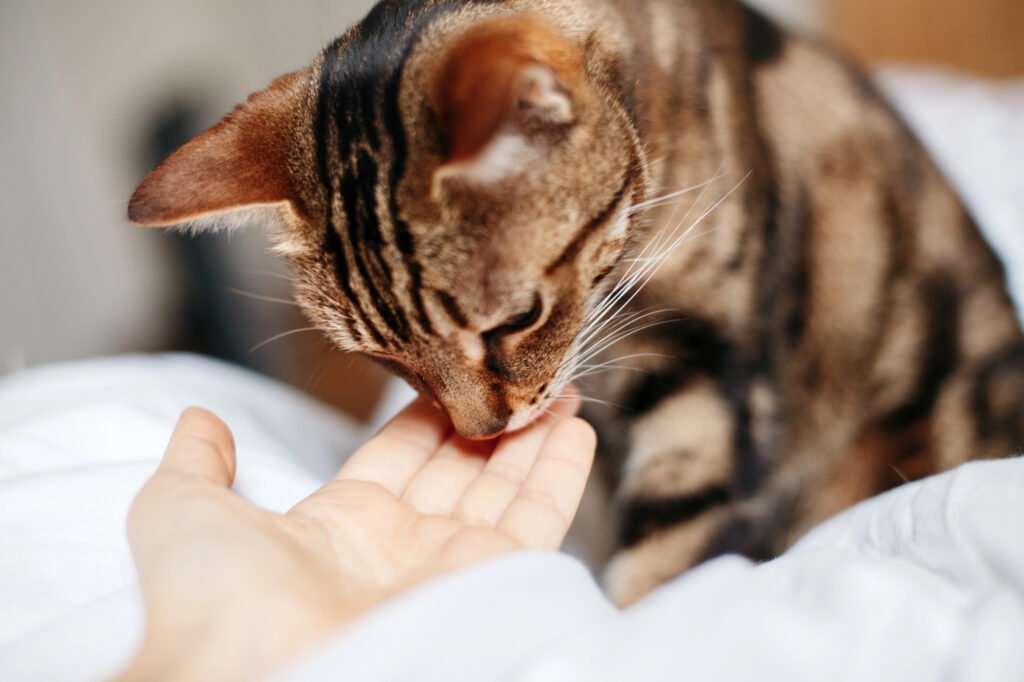
Domestic cats (Felis catus) share a lineage with wild cats that dates back millions of years. Though they were domesticated around 9,000 years ago in the Near East, their basic genetic makeup and instinctive behaviors remain remarkably similar to those of wild cats like the African wildcat. This evolutionary history provides a foundational explanation for why house cats mimic wild behaviors.
Instinctual Hunting Behavior
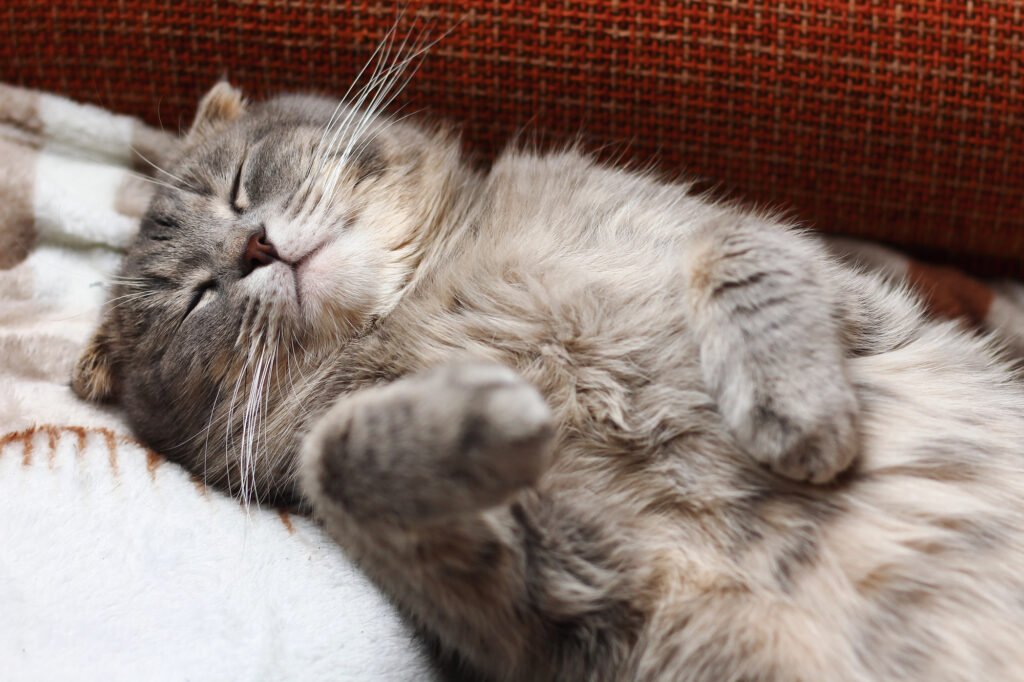
One of the most notable wild traits in house cats is their hunting behavior. Domestic cats often engage in “hunting” activity, such as chasing string or pouncing on toys. This behavior is a vestige of their ancestral need to hunt for survival. Although today’s house cats are usually well-fed, their instinctive drive to practice hunting remains strong.
Territorial Instincts and Marking
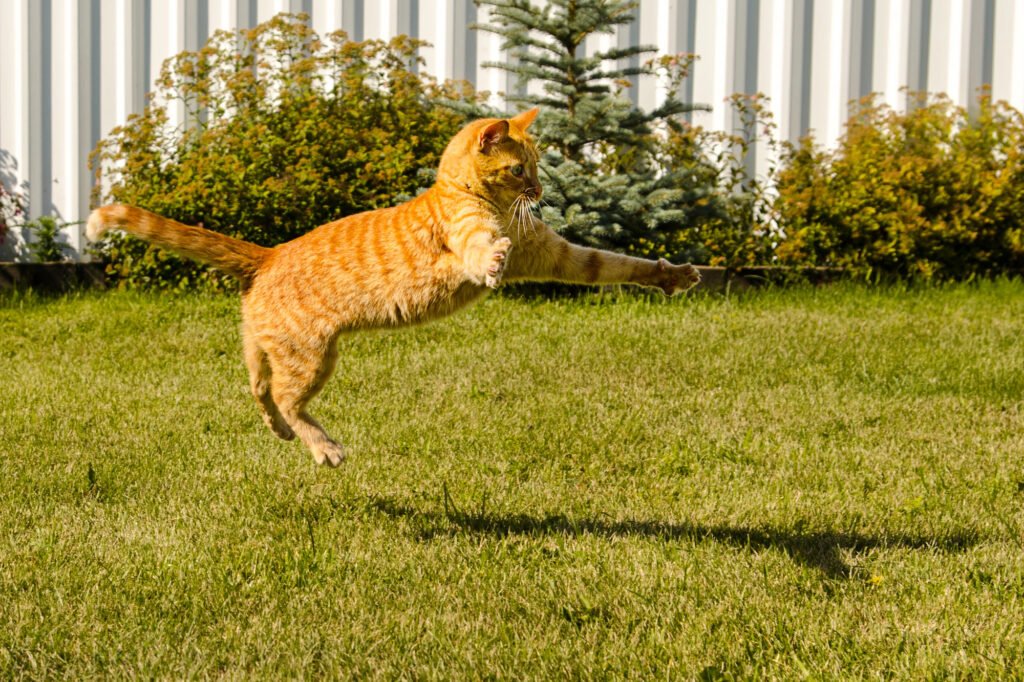
Both domestic and wild cats exhibit territorial instincts. Wild cats mark their territory with scent marks to ward off other competitors. Similarly, house cats rub their heads against furniture or people to mark their territory with pheromones, albeit in a more subtle manner. This behavior helps establish a familiar environment in which they feel secure.
Nighttime Activity
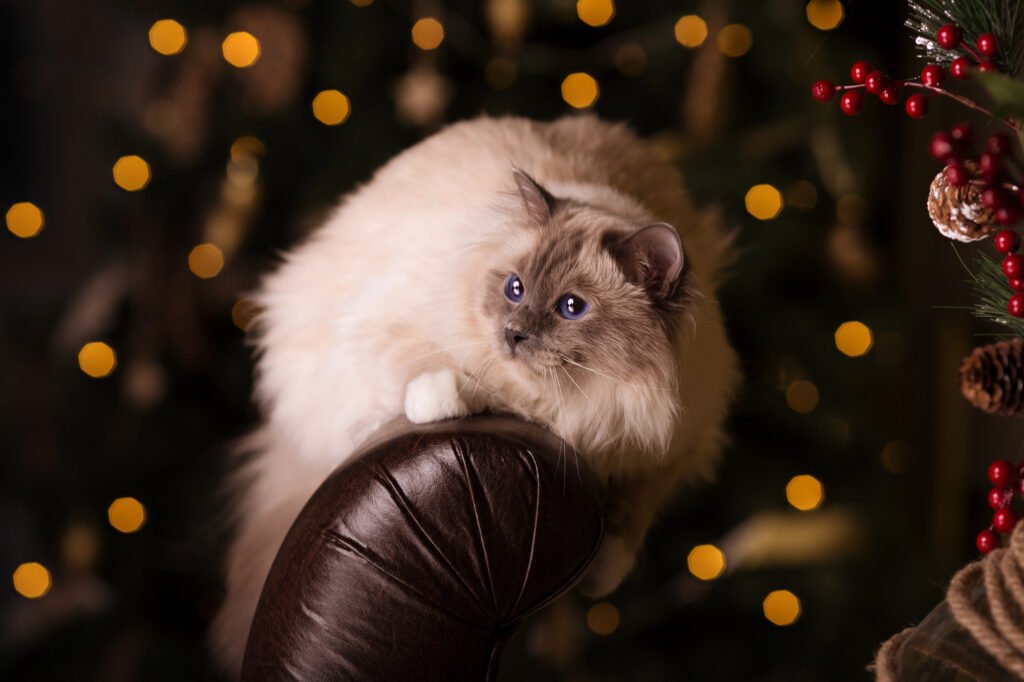
Observant cat owners may notice that cats are most active during dawn and dusk, a pattern known as crepuscular behavior. This trait is inherited from wild cats, whose hunting success improves under the cover of twilight. Many domestic cats continue this behavior even when provided with plenty of food during the day.
Feigned Aggression and Defensive Behaviors
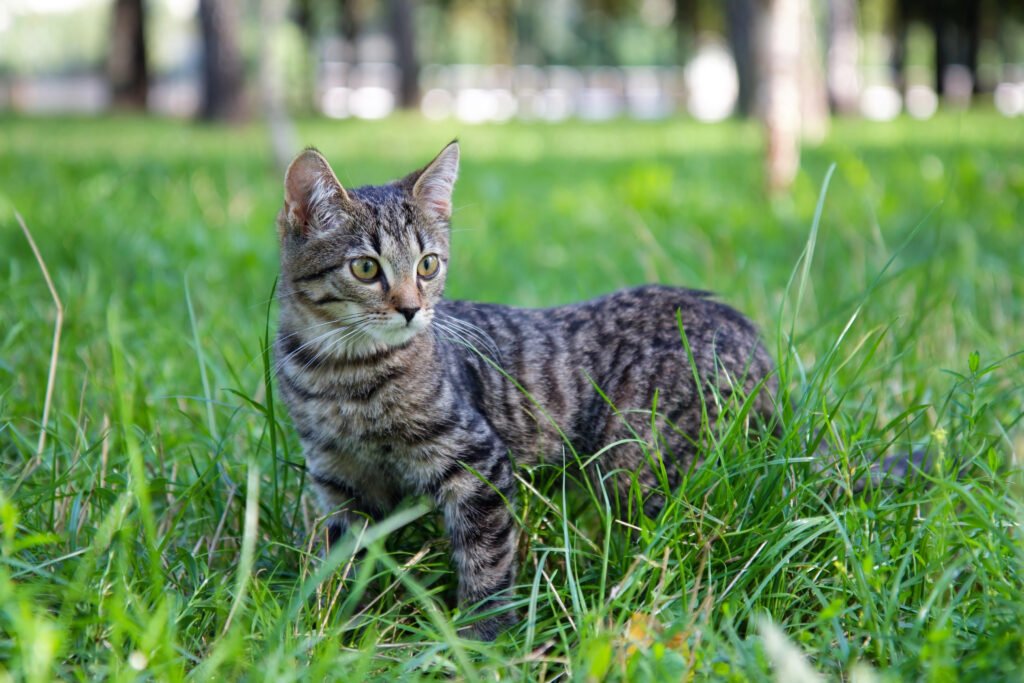
When threatened, house cats may exhibit behaviors such as hissing, puffing up their fur, or arching their backs—tactics used by wild cats to intimidate predators. These behaviors are generally intended as displays of discouragement rather than precursors to attack, but their presence highlights the cat’s instinctual repertoire for self-defense.
Social Behavior and Solitude
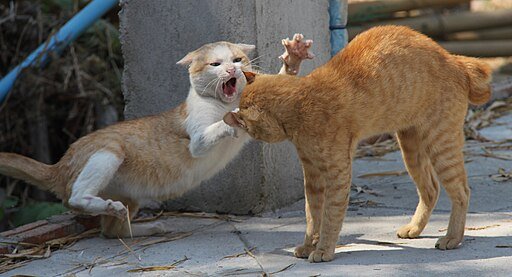
Wild cats are typically solitary animals that live and hunt alone, except during mating or when mothers are raising kittens. House cats can show solitary behaviors as well, often enjoying periods of alone time. However, due to domestication, they have also developed some social behaviors, forming bonds with humans and other animals.
Grooming and Self-Care

Grooming is another behavior shared by domestic and wild cats. Wild cats groom themselves to maintain cleanliness, remove parasites, and keep their fur in optimal condition. House cats continue this ritual for personal hygiene and comfort, often engaging in mutual grooming as a bonding exercise with other cats or even humans.
Communication and Vocalization
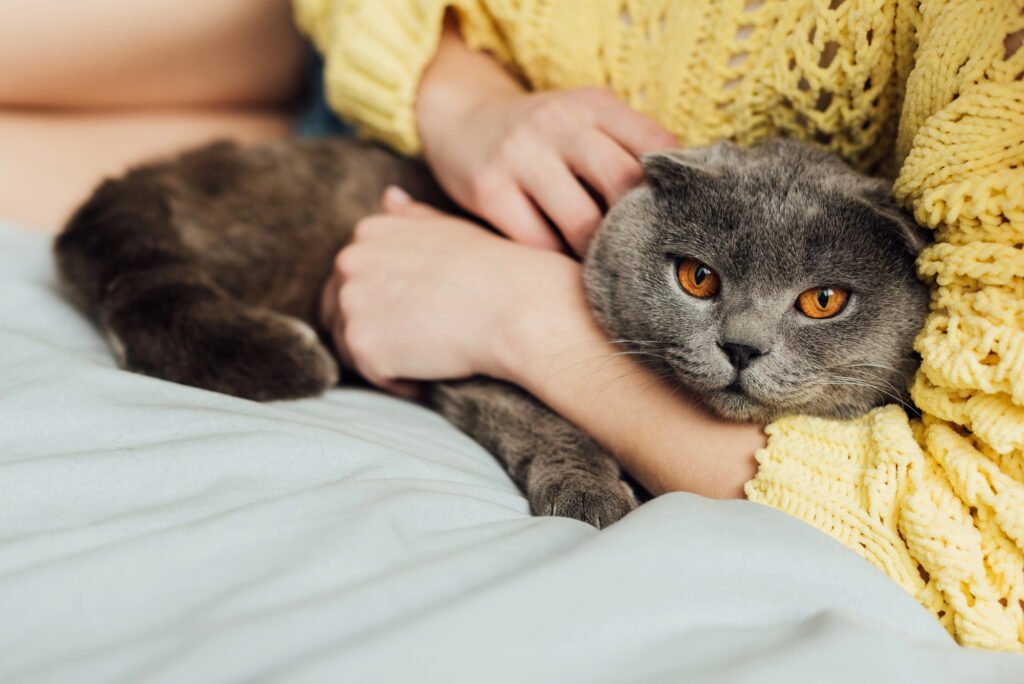
Though wild cats primarily communicate through scent marking and body language, house cats have expanded their vocal repertoire to interact with humans. Meowing is relatively rare in wild cats but is widely used by domestic cats to gain their owner’s attention or express various needs or desires.
The Importance of Environmental Enrichment
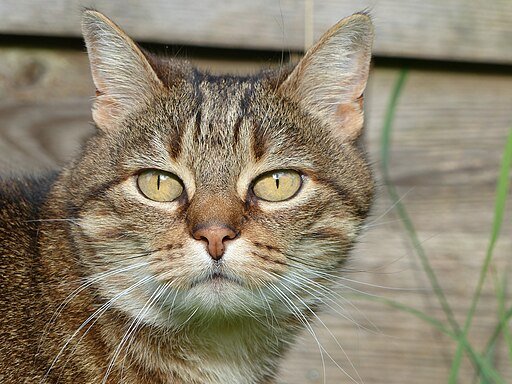
Because many behaviors of house cats are driven by wild instincts, providing an environment that caters to these needs is crucial. Enriching a cat’s environment with scratching posts, toys, and climbing opportunities can help satisfy their natural urges to hunt, scratch, and explore, reducing stress and contributing to overall well-being.
Conclusion

House cats remain a fascinating blend of domestication and wild instincts. By understanding the evolutionary backgrounds and natural behaviors that our feline companions exhibit, we can better appreciate and cater to their needs. Providing a supportive environment that honors these instincts not only enriches a cat’s life but also enhances the bond between cat and owner.

Suhail Ahmed is a passionate digital professional and nature enthusiast with over 8 years of experience in content strategy, SEO, web development, and digital operations. Alongside his freelance journey, Suhail actively contributes to nature and wildlife platforms like Feline Fam, where he channels his curiosity for the Feline into engaging, educational storytelling.
With a strong background in managing digital ecosystems — from ecommerce stores and WordPress websites to social media and automation — Suhail merges technical precision with creative insight. His content reflects a rare balance: SEO-friendly yet deeply human, data-informed yet emotionally resonant.
Driven by a love for discovery and storytelling, Suhail believes in using digital platforms to amplify causes that matter — especially those protecting Earth’s biodiversity and inspiring sustainable living. Whether he’s managing online projects or crafting wildlife content, his goal remains the same: to inform, inspire, and leave a positive digital footprint.





